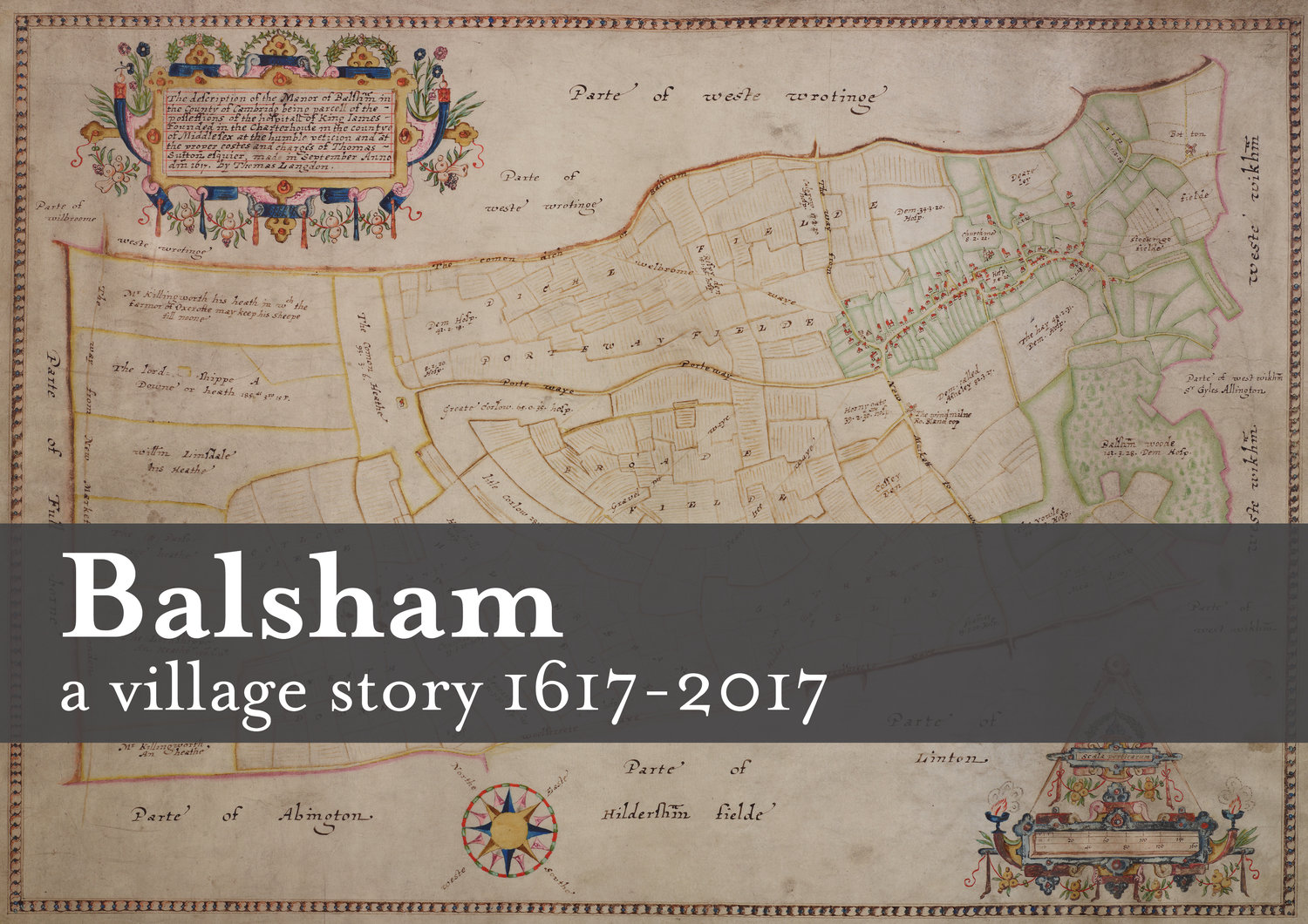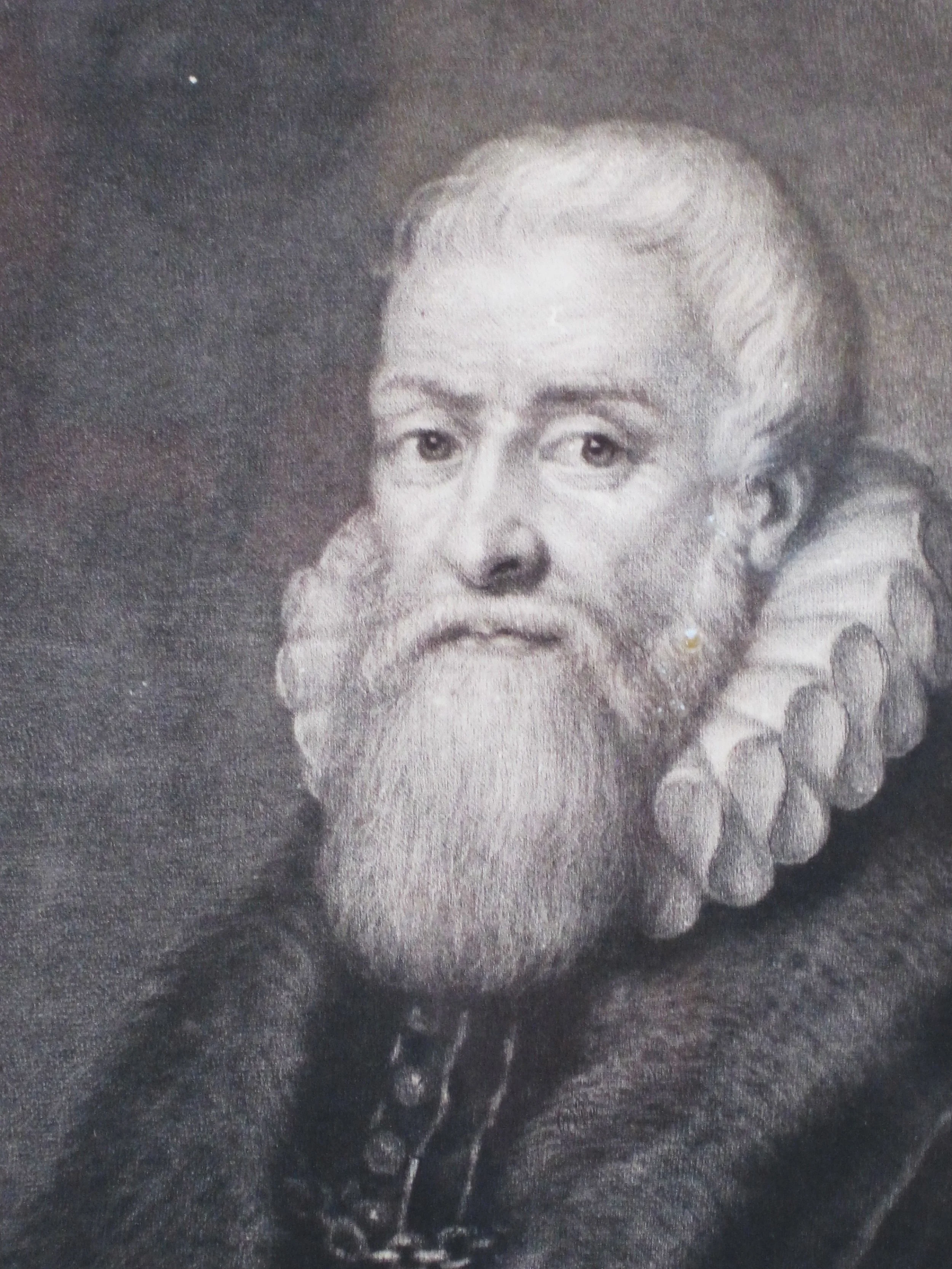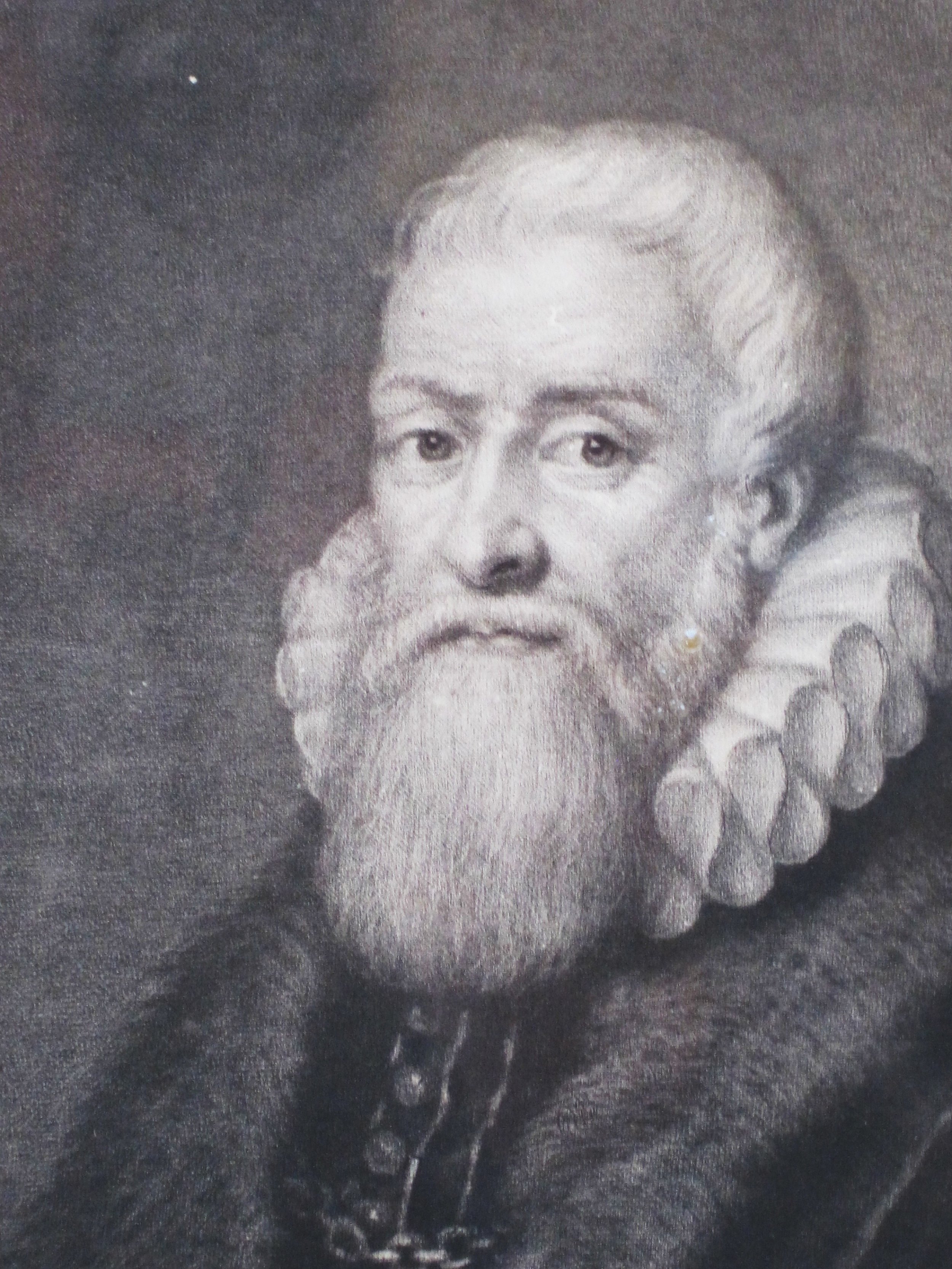Thomas Sutton
Did you know the answer? It's Thomas Sutton! He was reputedly the richest commoner in England when he died in 1611.
Stephen Porter from Charterhouse, London explained in Balsham, a village story 1617-2017 that Sutton arrived in Balsham after being granted leases of the manors of Hadstock and Littlebury in Essex, in 1569, and of Balsham shortly afterwards. On Sutton's death his income from land was £4,836 per annum and his personal estate was valued at over £51,000 (over £9m in today's money). So how did he become so wealthy?
Sutton's wealth came, in part, from the coalfields of 1583 Durham. He obtained, from the bishopric of Durham, a lease on the coalfields, which proved to be very profitable. He sold the residue of that lease in 1583, having left the north of England in the previous year, although he continued to hold his post with the Ordnance until 1594.
The Durham Records Office have an extensive amount of information online about the coalfields and have this to say about the land in the 1500s:
“ The Durham coalfield covered north, east and central Durham. From the natural boundaries of the River Tyne and the North Sea it extended to Consett and beyond Bishop Auckland in the west. The southern boundary of the coalfield ran diagonally from below Bishop Auckland across to the east coast, just north of Hartlepool.
Coal was a very rich mineral resource in County Durham. It was mined in substantial quantities even in medieval times. The Industrial Revolution led to a huge expansion in the exploitation of the coal measures as colliery owners were able to reach deeper and more productive seams. From the later eighteenth century the principal landowners of the county, including the Bishop of Durham, amassed immense wealth from their colliery holdings.”
You can read more about Thomas Sutton's fascinating life and his home, the original Balsham Manor in Balsham, a village story 1617-2017.


